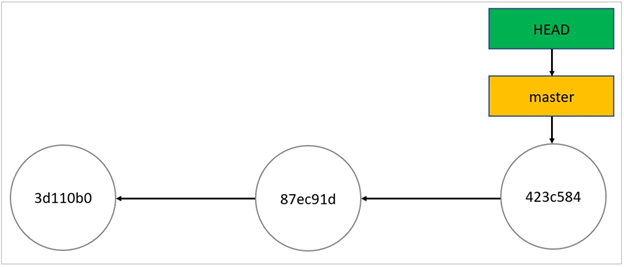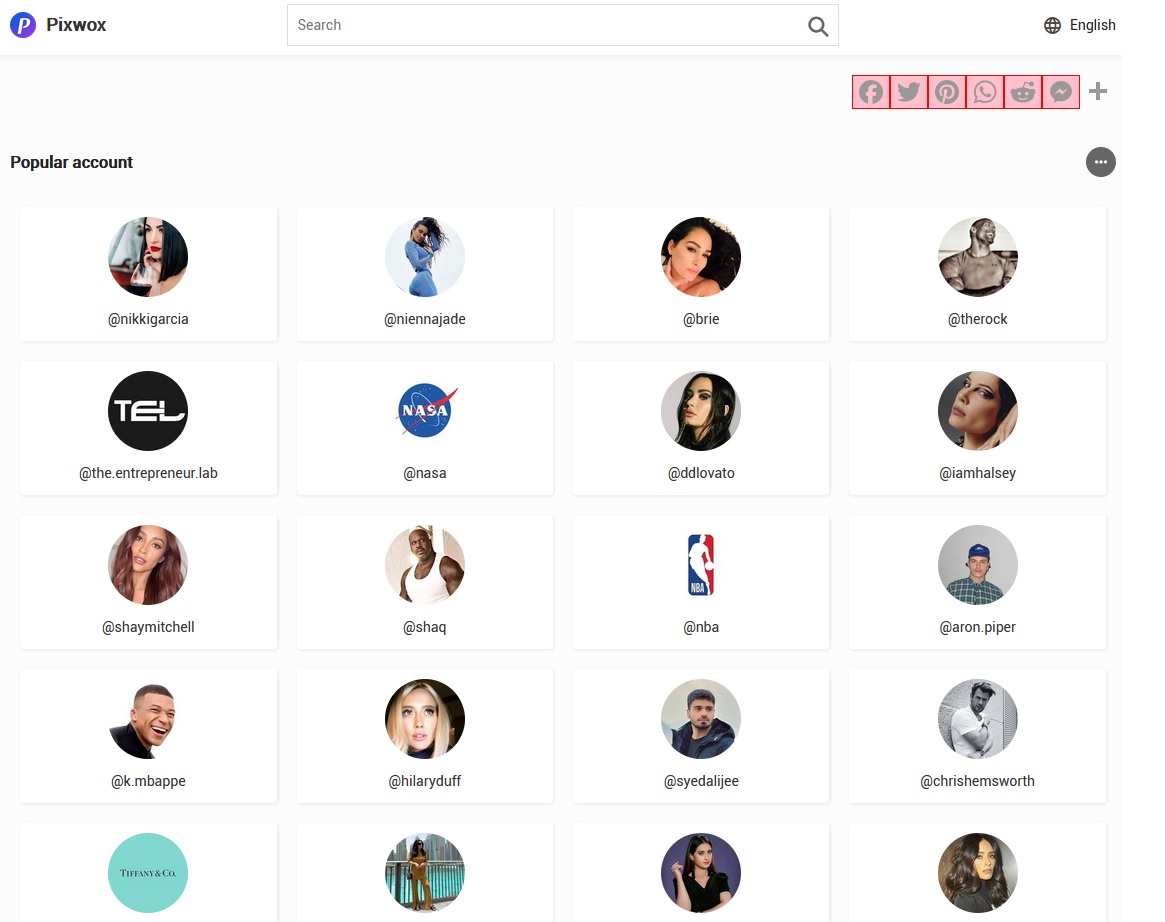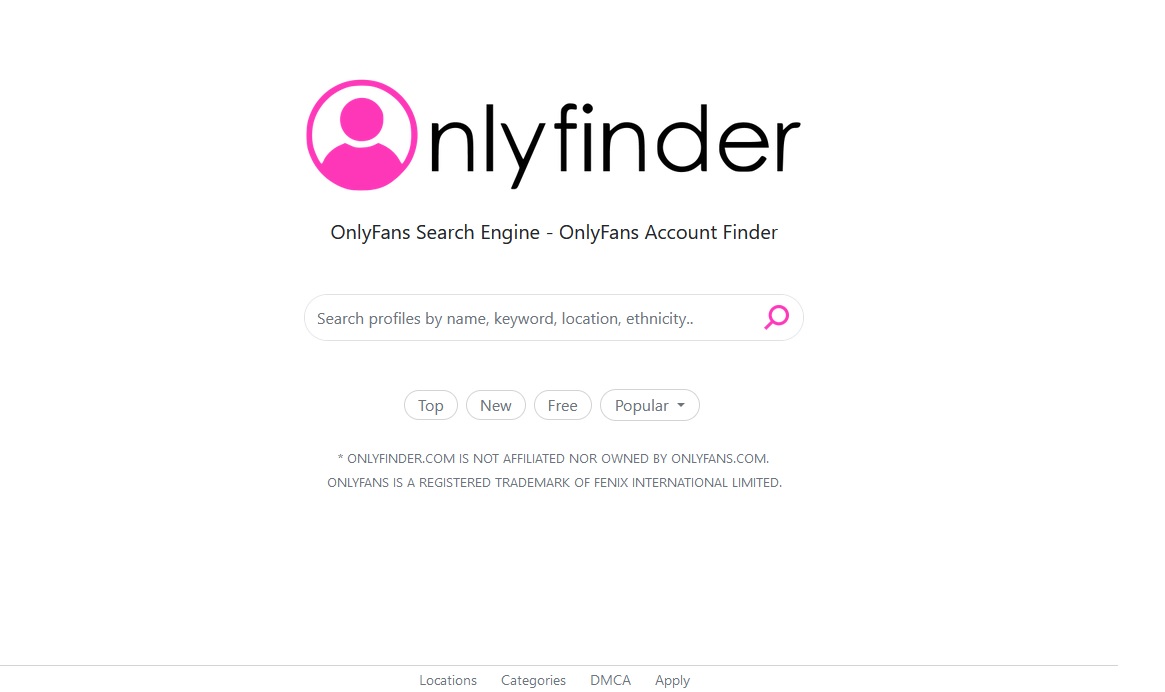There are many Git best practices there for many good reasons. But sometimes things might go wrong and one of the common issues might be detached head state.
Well, don’t fret much longer. Sure it’s not a ‘normal state’ And you have to follow the best practices to come out from the detached head state.
If you want to learn an easy way to get your ‘attached head’ state back, stick with me until the end and learn how to make it happen like a pro.
Let’s go!
Demystifying the Detached Head State in Git
Perhaps you were working on a git repository and you are presented with this kind of message on your screen:
First and foremost, don’t panic! There is absolutely nothing wrong with being in a “detached head” state. You haven’t committed a criminal offense either.
So, what’s all the fuss about, you wonder?
Let me explain.
A detached head state simply means you are not on a branch and operating your git files from a specific commit in your repository.
Here is a simplified example.
In this repository, the main branch is called the master, and the release tag is in history, thus leading to an old project release. Currently, the master is the checked-out version. We can confirm this by the fact that the head is pointing towards a commit and not the master branch.
In a nutshell, the head points to a branch that is checked out!
Let’s look at some of the most important terms used in the detached head state position.
What is Git
Git is a version control system (VCS) used widely during software development by programmers. It was first developed in the year 2005 by the creator of Linux operating systems, Linus Torvalds.
A git tracks changes in source code. It’s designed for coordinating work among programmers. Additionally, a git helps in tracking changes in different sets of files.
In simple terms, it’s a version control system that helps you determine the changes made in a file, who made the changes and why, and what was changed exactly.
Let us have a look at some features of a Git:
- Secure
- Reliable
- Speed
- Lightweight
- Branching
- Open-source
- Compatibility-a git is compatible with most of the operating systems in use currently.
- Non-linear-allows users from all over the world to perform their operations remotely.
Importance of Git
Git Branching capabilities.- this is the most significant advantage that the git offers. Additionally, the git branches are cheap and can easily be merged.
With this comes the feature branch, which provides a fully isolated space for any changes made to your codebase. Likewise, a Git enables multiple users to work separately without affecting each other’s work.
A Git can also handle projects of any size, be it large or small. Also, Git can handle multiple workflows with its speed and wide distribution.
Now that we know what a git is let’s get a view of what other relevant terms mean in the detached head state.
What is Head in Git
The head in Git is simply the pointer that points to the current branch reference. To transfer your HEAD to a new branch, you simply switch branches with ‘checkout’.this means that your head will become a parent to the next commit you engage in.
Git Branch
In a nutshell, its movable pointer to one of the commits. For example, when you begin your process by making commits, you are allocated a commit.
Typically, this commit points towards the last commit you made. With every commit you make, the master branch moves automatically. However, the name master should not confuse you. It’s not a particular branch, but a regular branch like any other.
Git Commit
It’s a primary command function of a git and is used in saving any changes made in your local repository.
You must tell.’ the Git the type of changes you want to make in a commit before running the ‘commit command.’ That way, a file that has not been included in the Git will not be added automatically in the next commit.
Why and How Do You Get to the ‘Detached Head’ Situation?
Before we get to how you can fix the detached head state, let’s get to understand how you got there in the first place.
To get there, we have to create a repository and add some commits to it. Here is what I mean.
First, create a new folder in which it has a repository inside it. Here is how the repository looks visually.
Secondly, create a new empty file and commit it with the command ‘create a file.’ Next, add a line in the folder by committing to changes using the command ‘Add a line in the file.’ Finally, create another file using the one with one line of text and commit it as well.
So at what point do you get the ‘detached head’ message?
You can get there by trying to go back to the second commit to see how things were. Based on our example above, you would be required to run the Git checkout command in your operating system. This can only happen when you check out a commit directly.
Check out this visual illustration of the detached head.
The HEAD is pointing to a commit and not the branch.
How Do We Troubleshoot Through the ‘Detached Head’ State?
It’s good to note that being in a detached head state is not such a bad thing: interestingly, It’s a valid state in Git. However, if you got there by mistakenly checking out a commit, you can get back to the original state through checking out the branch you were in before.
Example: git checkout <branch-name>
If you are using a newer version of Git, you can use ‘switch’ as a checkout substitute.
Example: git switch <branch-name>
What if you are in a situation where you made experimental changes and want to get rid of them? You just have to apply the above scenario where you go back to your original branch. Importantly, there will be no significant changes in your current branch. Easy-peasy right?
Conclusion
You now know more than ever have a better understanding of what a detached head in Git means. You have also discovered that it’s nothing to fuss about. So before wrapping up, there is one little tip I’d love to share.
Wrapping up, never freak out over the detached head in Git.
As explained in this article, a detached head is just any other repository state in your coding. As a bonus tip, make sure to make a branch when creating a commit. Your Git will always remind you to do this before leaving, making it hard for you to forget. Besides, a detached head state can be of some use to you by allowing you to run experiments you can choose to keep or discard.












Add Comment